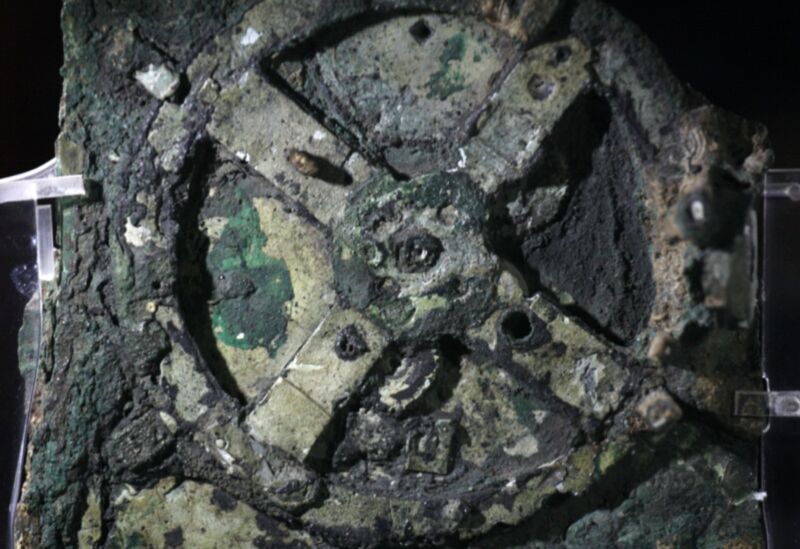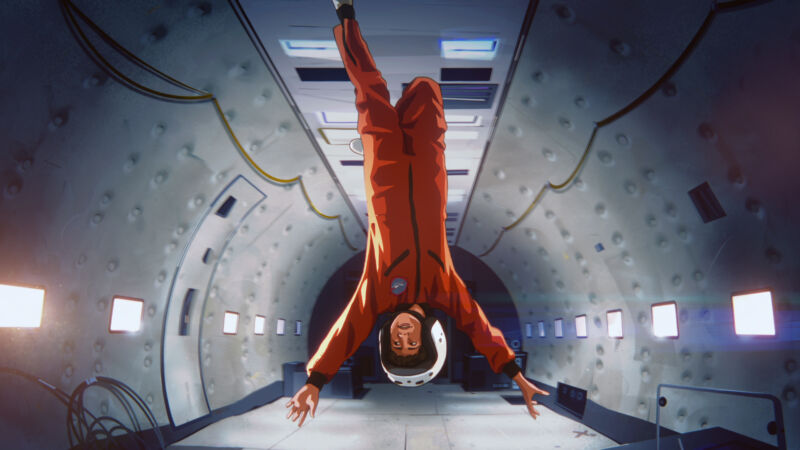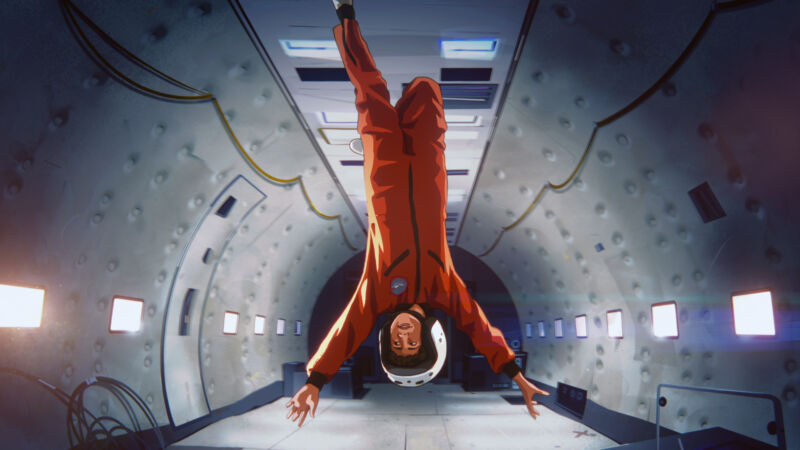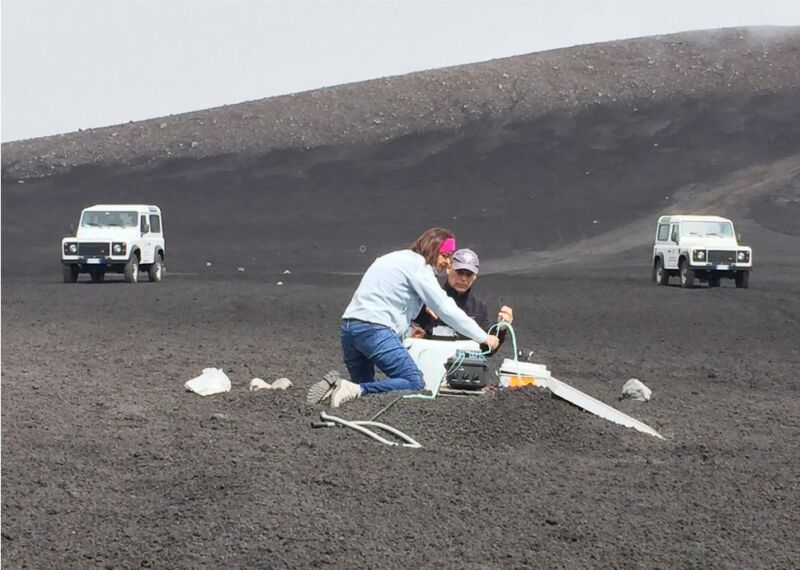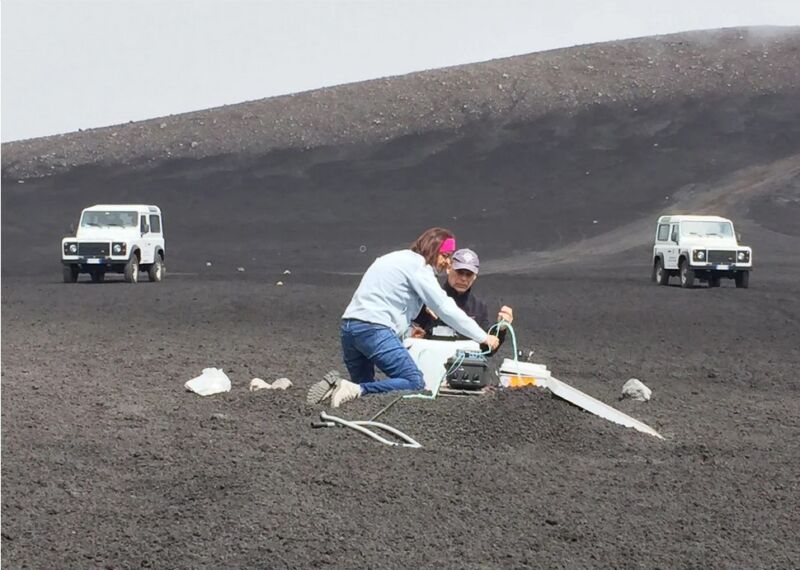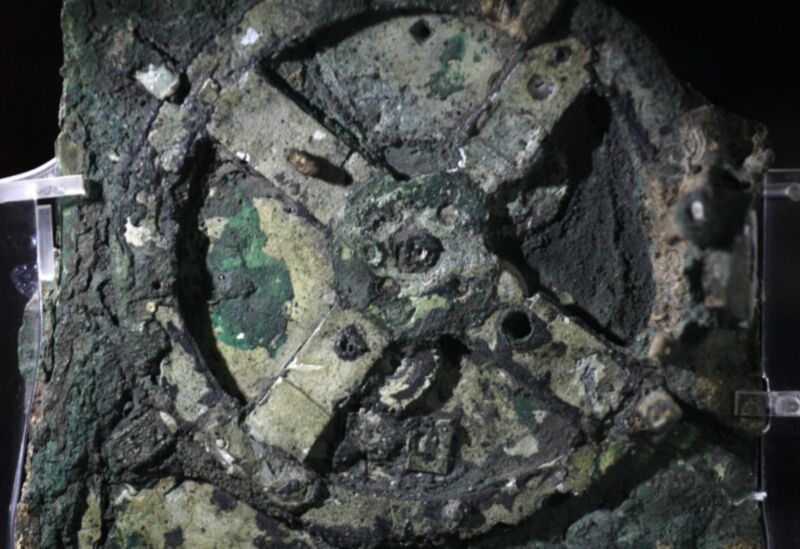
Enlarge / Fragment of the Antikythera mechanism, circa 205 BC, housed in the collection of National Archaeological Museum, Athens. (credit: Fine Art Images/Heritage Images/Getty Image)
The mysterious Antikythera mechanism—an ancient device believed to have been used for tracking the heavens—has fascinated scientists and the public alike since it was first recovered from a shipwreck over a century ago. Much progress has been made in recent years to reconstruct the surviving fragments and learn more about how the mechanism might have been used. And now, members of a team of Greek researchers believe they have pinpointed the start date for the Antikythera mechanism, according to a preprint posted to the physics arXiv repository. Knowing that “day zero” is critical to ensuring the accuracy of the device.
“Any measuring system, from a thermometer to the Antikythera mechanism, needs a calibration in order to [perform] its calculations correctly,” co-author Aristeidis Voulgaris of the Thessaloniki Directorate of Culture and Tourism in Greece told New Scientist. “Of course it wouldn’t have been perfect—it’s not a digital computer, it’s gears—but it would have been very good at predicting solar and lunar eclipses.”
As we’ve previously reported, in 1900, a Greek sponge diver named Elias Stadiatis discovered the wreck of an ancient cargo ship off the coast of Antikythera island in Greece. He and other divers recovered all kinds of artifacts from the ship. A year later, an archaeologist named Valerios Stais was studying what he thought was a piece of rock recovered from the shipwreck when he noticed that there was a gear wheel embedded in it. It turned out to be an ancient mechanical device. The Antikythera mechanism is now housed in the National Archaeological Museum of Athens.


